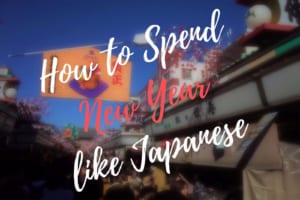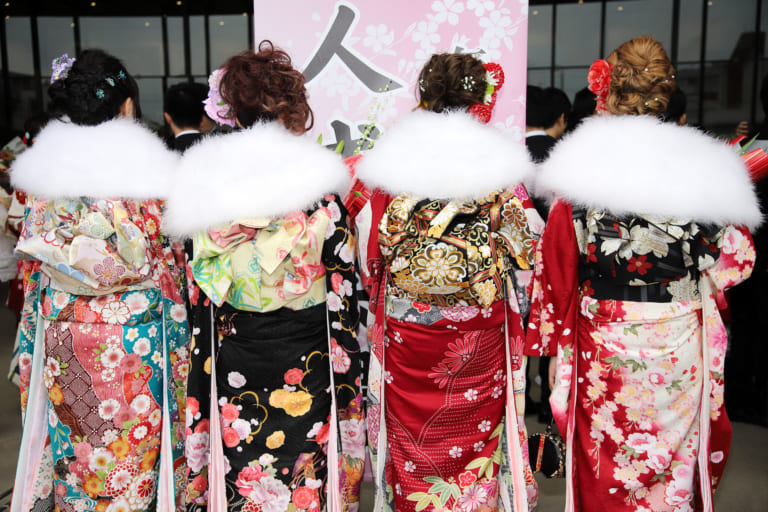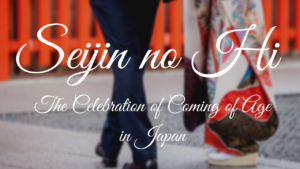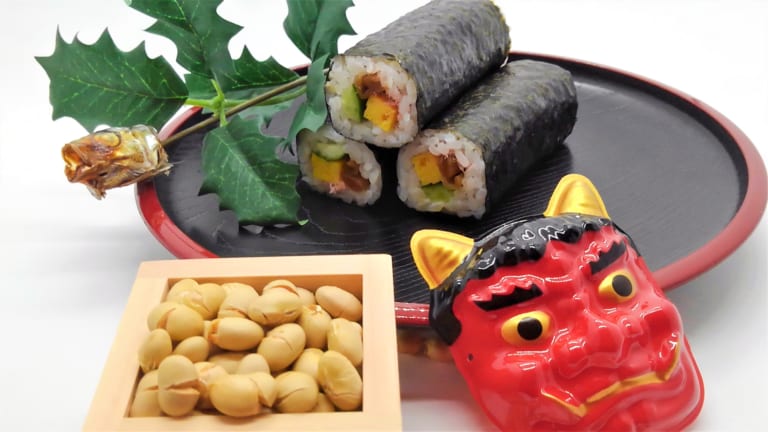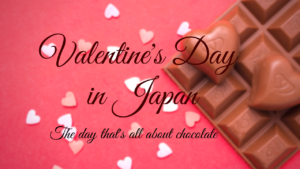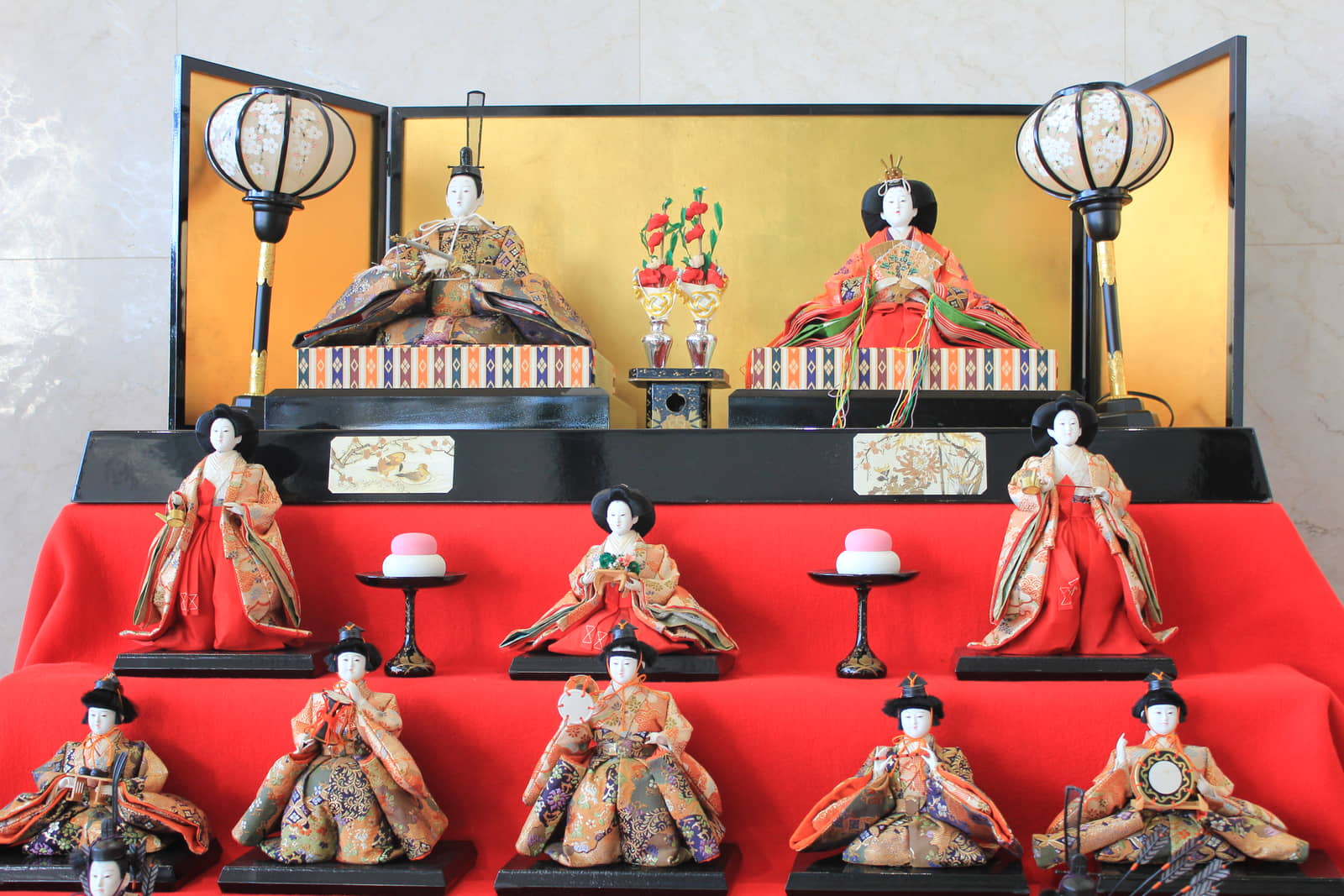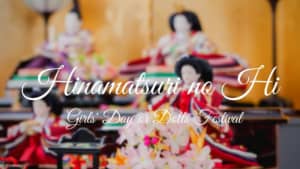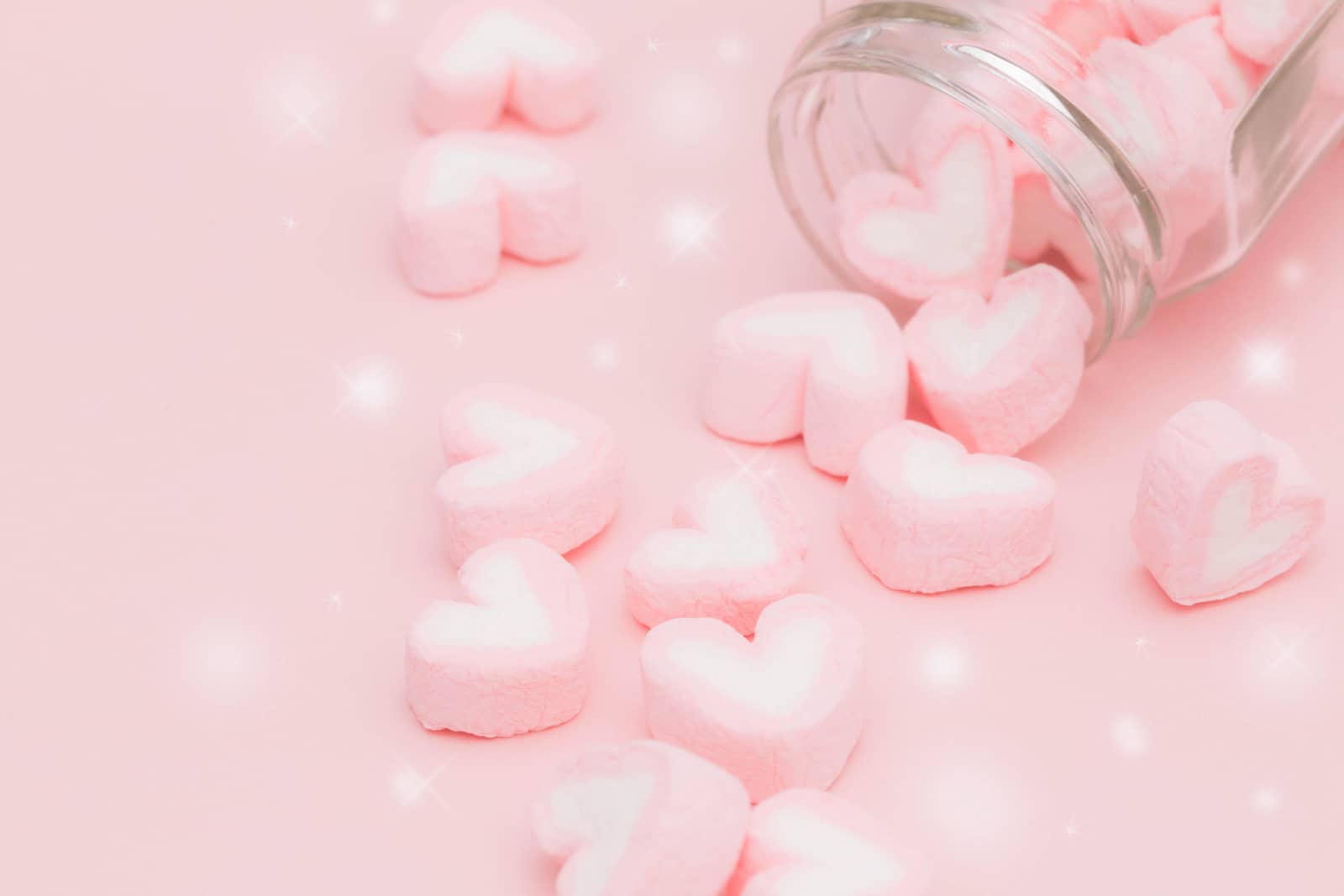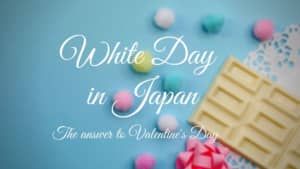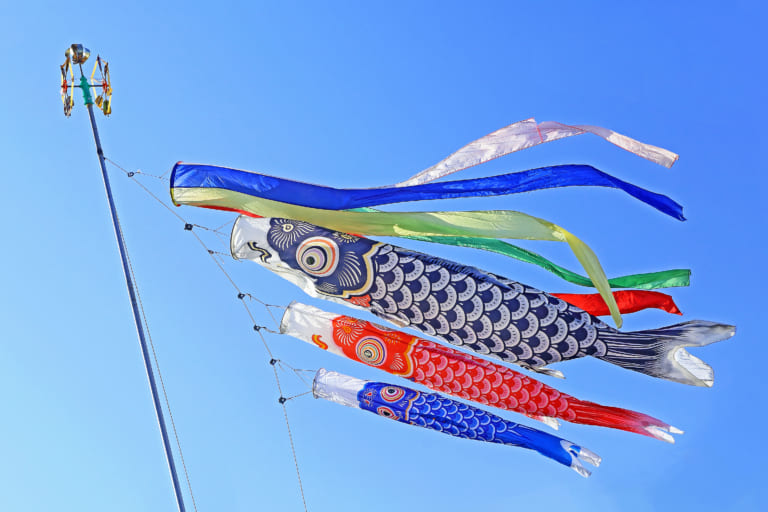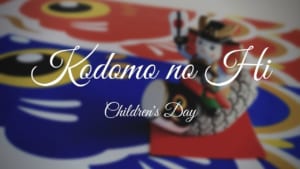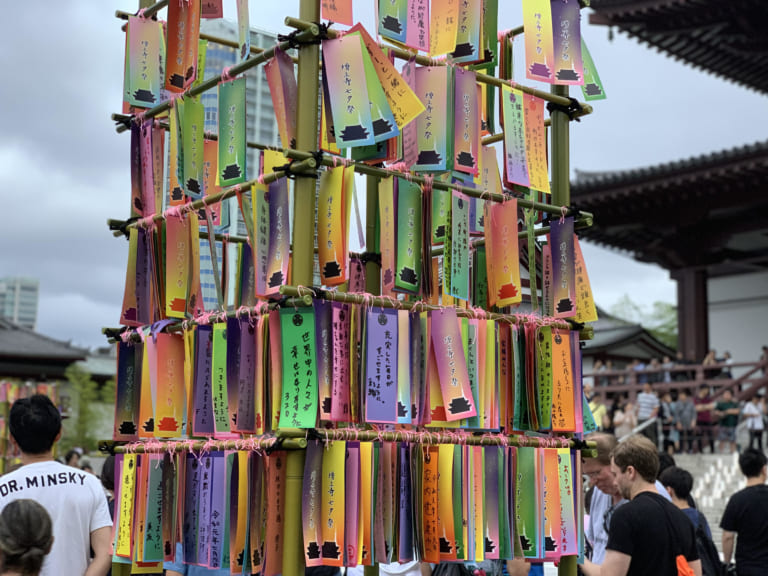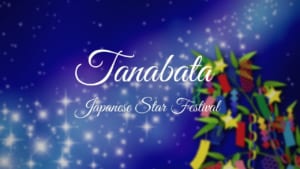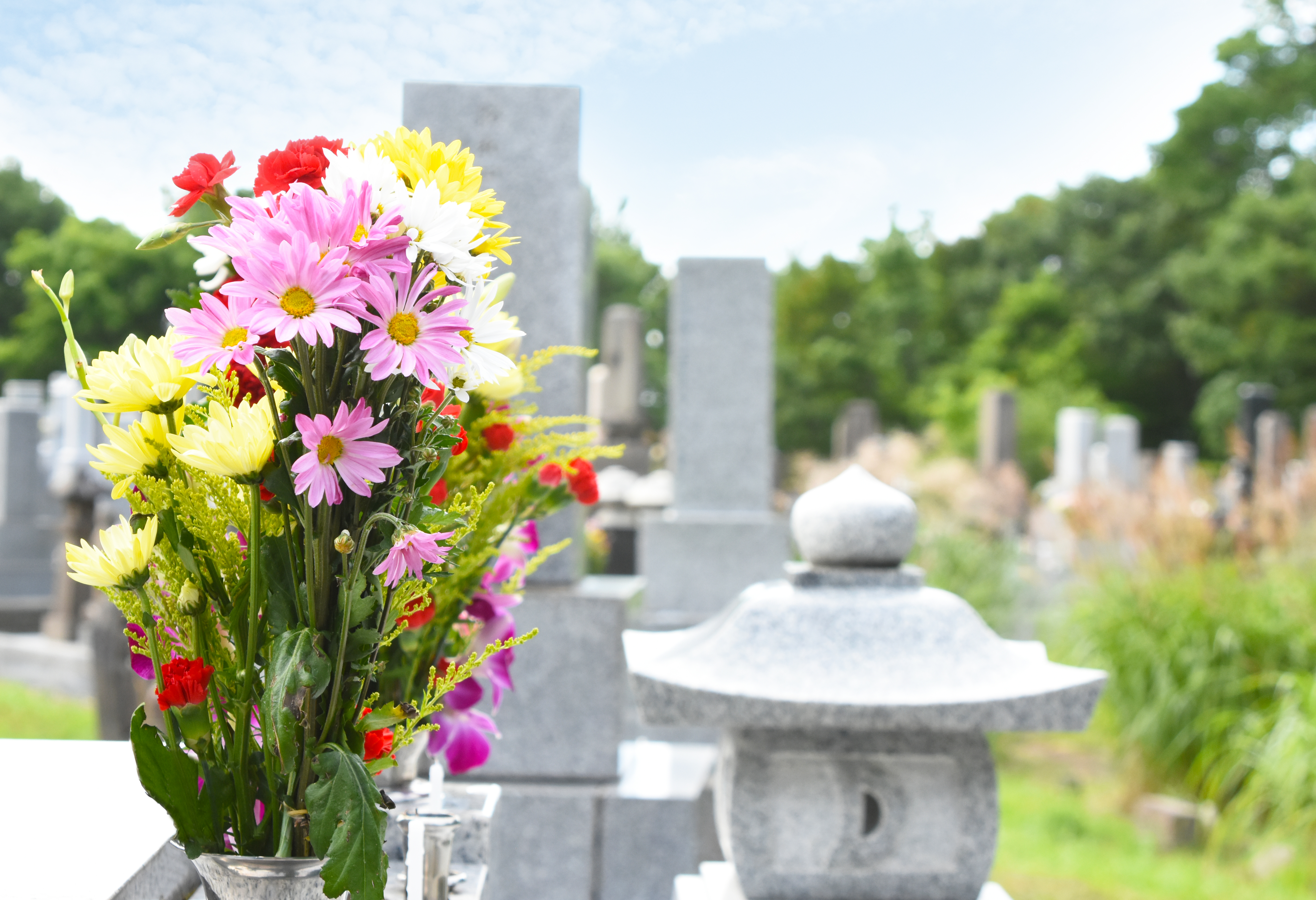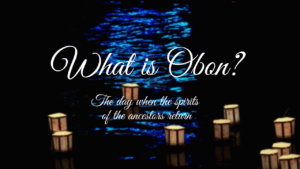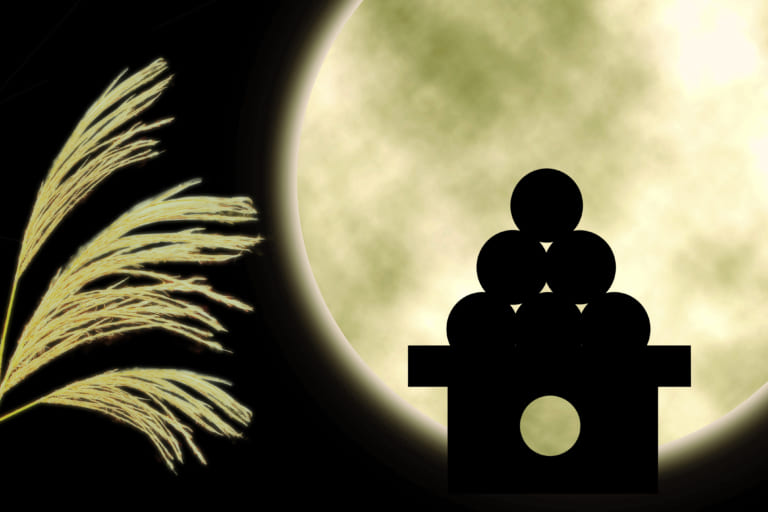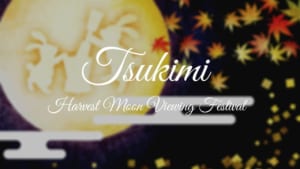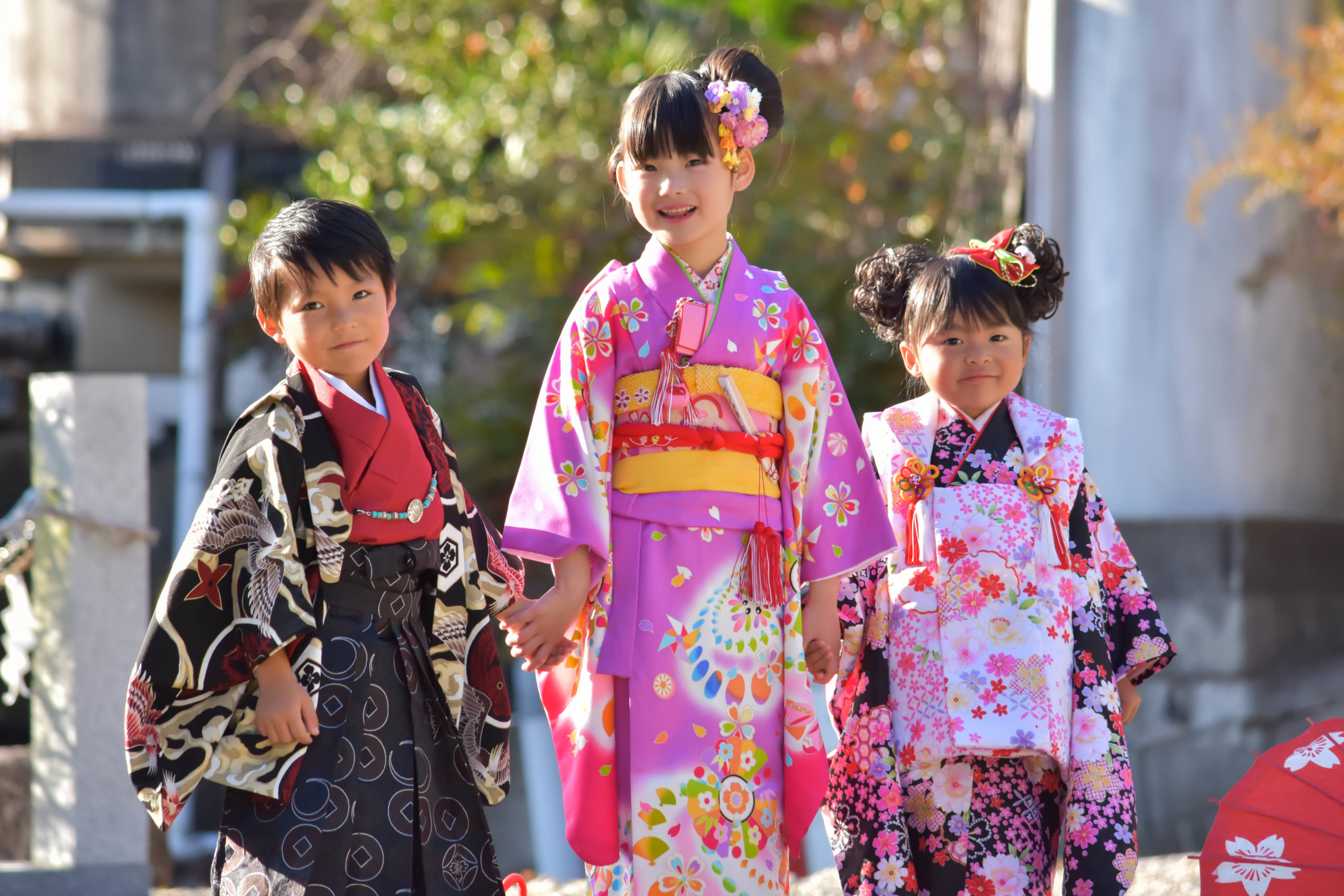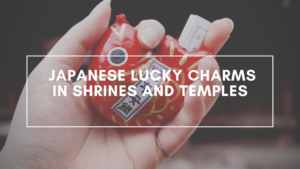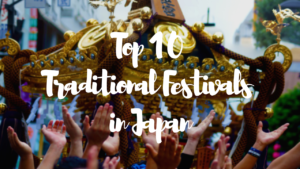Annual Celebrations in Japan
From events to chase away demons to lovers separated by the milky way and much more!
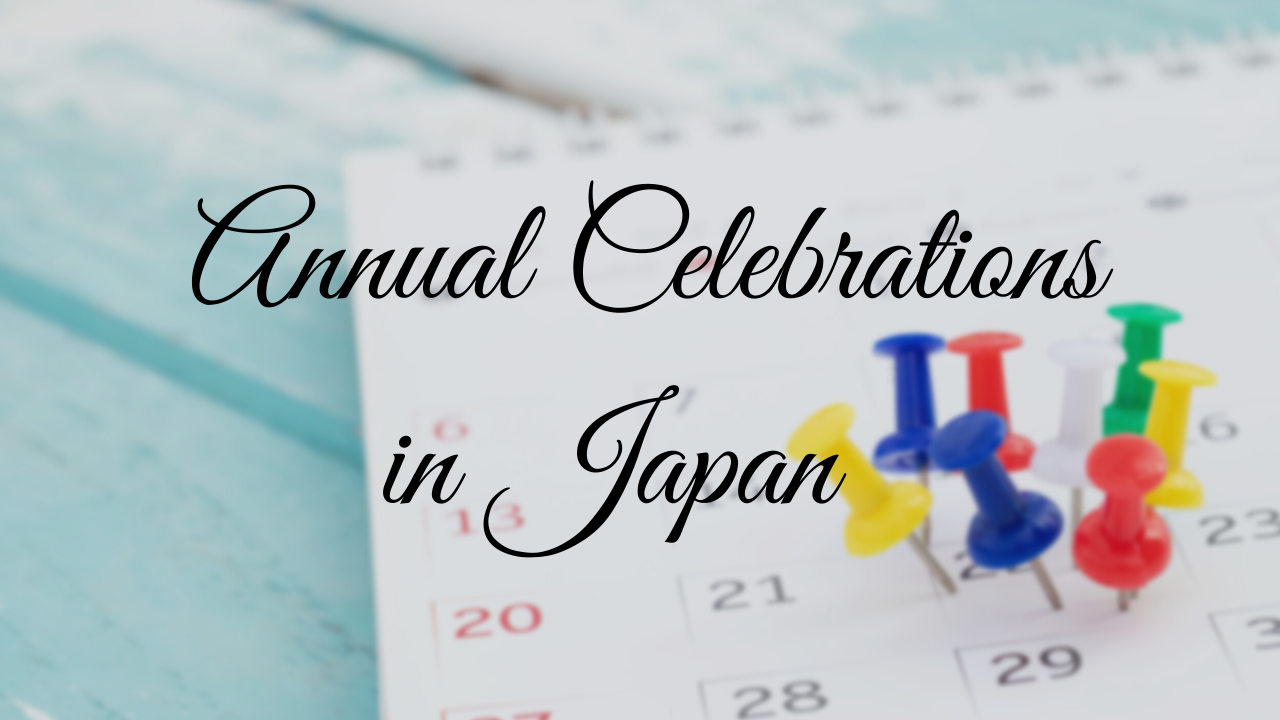
Before moving to Japan for the first time I had already studied many country aspects at University, besides knowing some things already due to my own curiosity and hobbies such as anime, manga, video games, music, etc. But it wasn’t until I started living there that I discovered something that I loved: annual celebrations in Japan.
In another article, I already talked about the holidays in Japan. There are days like the Day of the Sea or the Day of Respect for the Elderly. These days are national holidays and some were included in the Japanese calendar relatively recently.
But there are other types of days, which are annual celebrations or events that aren’t always national holidays. To clarify: some of these annual celebrations are national holidays as well, but most don’t. People go to work or school on such days like any other day.
So why are they special? Well, because these are celebrations linked to Japanese tradition and mainly to Shintoism and Buddhism. All Japanese know about these celebrations and special activities are held. For example, children at school do different activities, special events take place in sanctuaries, etc. Sometimes, people also eat certain dishes because of their distinct meaning for such days.
Keep reading for a better understanding of what I’m talking about!
Shogatsu
Although for some celebrations and traditions Japan follows the Chinese lunar calendar, since 1948 the New Year is celebrated on January 1st as in the West. Most companies close from December 29 or 30 until January 3rd. On January 1st, the tradition is go to a shrine or temple to make the first shrine visit of the new year.
If you want to know how to celebrate New Year’s Eve in Japan you can read this article!
Seijin no Hi (January 13th)
Seijin no Hi (成人の日) or “Adult Day” is celebrated the second Monday in January. It’s the day when those who have reached or will turn 20 this year celebrate their coming of age. The Japanese year it’s from April to March, so it’s for those who turned or will be 20 years old between April of last year and March of the current year. In Japan you turn 20 years old you become a legal adult.
Coming of age celebrations are held all over Japan, but one of the most popular is which is celebrated in Urayasu, in Chiba. Those who reside in Urayasu can held their coming celebration at Tokyo Disneyland! They’re the envy of many people.
Read this article if you want to know more about this day!
Setsubun no Hi (February 3rd)
On February 3 in Japan, Setsubun no Hi (節分の日) or “Last day of winter” is celebrated. Although it is one of the coldest months of the year and in some areas of the country you can still see snowfall, Setsubun no Hi or know as Bean-Throwing Festival in English is a festival that celebrates the end of winter and the beginning of spring.
The Japanese had the belief that the “oni” (鬼), a type of Japanese folklore creature, similar to Western demons or ogres, appeared in the changing seasons (from winter to spring). In order to scare away those demons, they throw dried soybeans while yelling ‘鬼は外、福は内!’ (Oni wa soto, fuku wa uchi) which means ‘Demon out, fortune inside’.
Click here for more information:
Valentine’s Day (February 14th)
The celebration of Valentine’s Day on February 14 is not originally from Japan, and is in fact celebrated in many countries. But the way it’s celebrated in Japan is different from the rest of the world, and that is why it seemed appropriate for me to include it in this list. The short version is that in Japan only women give chocolate to men, both their partner and friends, co-workers or classmates, etc.
If you want to know more about how Valentine’s Day is celebrated in Japan, you can read this article.
Hina Matsuri (March 3rd)
In Japan on March 3, the Hina matsuri (雛祭) is celebrated, also known as “Dolls Festival” or “Girls’ Day”. The hina matsuri serves to wish good health and a happy future to the girls.
For the hina matsuri families with young daughters decorate their homes with a set of Hina dolls. These games are usually expensive and have 15 figures representing the imperial court of the Heian period. They are placed on a platform of 5 to 7 floors. All dolls are dressed in traditional kimonos.
To learn more about this set of dolls, the typical dishes of hina matsuri and its origins, read this article!
White Day (March 14th)
One month after Valentine’s Day, March 14 is White Day (ホワイトデー). As I explained above, on Valentine’s Day the girls not only give chocolate to their partners, but also to their coworkers or classmates, their friends, etc. It’s what is known as guiri-choco or “obligation chocolate”. On White Day, men must return gifts to all women who received chocolate on Valentine’s Day. Tradition says that the gift has to cost triple (or at least double) the value of the chocolate they received on Valentine’s Day.
Kodomo no Hi (May 5th)
The Children’s Day or Kodomo no Hi (子供の日) was originally known as Tango no sekku (端午の節 句) or boys’ day since the girls have their day on March 3rd in the hinamatsuri(ひな祭り) or Girl’s Day. But in 1948 the name was changed to Children’s Day to include both male and female children and it was ordered as national holiday. However, despite the name changed and “kodomo” is used for both genders, most Japanese still consider this day as a celebrate for boys, because the girls have the hinamatsuri.
If you’re traveling with kids, some places such zoos, museums, parks, etc have free admission or discounted fees for this day. So make sure to check the prices in advance!
For more info about this festival check this article!
Tanabata (July 7th)
In Japan the beginning of summer is marked by the Tanabata (七夕) or Star Festival, one of the most beautiful and popular festivals. The Tanabata is celebrated on July 7 and is based in a Japanese legend of Chinese origin about two lovers who were separated each side of the milky way.
In the Tanabata, the Japanese write wishes on rectangular strips of paper and hang them on bamboo branches. The rectangular strips of paper are called tanzaku (短冊) in Japanese, and traditionally they are in five specific colors: green, yellow, red, white and black. These colors represented the five elements: wood, earth, fire, metal, and water.
Read this article if you want to know more about this day!
Obon (August 13 – 16)
Obon (お盆) is a Buddhist even for commemorate one’s ancestors. Usually Obon is celebrated from the 13th to the 15th of August, even in some areas it’s celebrated in mid July. That’s because Obon is observed in the 7th month of the year, which is August according to the lunar calendar but July in the solar calendar. However, since Obon is a buddhist celebration, most of the people use the original lunar calendar. It’s believed that during obon, the ancestors spirits return to this world in order to visit their relatives.
Obon isn’t really a national holiday, but during this time many companies close a few days giving an extra holiday to their employees in order to be able to return to their hometowns and present their respects to their ancestors. The number of days and the dates varies depending on the company and the person. But if you’re going to travel to Japan on these dates, keep in mind that most transports will be crowed and it’s better to book in advance.
Tsukimi (October 6th)
In Japan the beginning of the autumn is marked by the Tsukimi (月見) or Moon viewing Festival. The word Tsukimi literally means “to look at the moon” (月-tsuki- means moon and 見-mi- means look) and this festival is related to a Japanese legend that says that on the moon there is two rabbits making mochi.
On this date the Japanese meet with their family or friends for dinner, usually in outdoor places such as parks or gardens, from where they can clearly see the moon. Shrines, temples, traditional gardens or parks organize special activities to enjoy the tsukimi. In some shrines or temples they preserve the tradition of reading poems, and include musical and dance performances. Some parks include special illuminations.
More information here:
Shichi-go-san (November 15th)
Every year on November 15 the Shichi-Go-San(七五三) is celebrated in Japan(literally it means “Seven-Five-Three”). On this day, parents dress their seven-, five- and three-year-old children in traditional Japanese costumes(kimono for girls and haori jacket and hakama pants for boys) and take them to nearby Shinto shrinesor Buddhist temples to pray for them to grow up healthy and strong and also thank the gods for their good health and growth
This tradition started because in the past a lot of kids died at an early age. It’s said that 3, 5 and 7 are good luck numbers and that’s why in the past they have chosen these numbers. Other people say that it’s because a lot of kids used to die at 3,5 or 7 years old.
Originally it was celebrated for both boys and girls at 3 years old, at 5 years old only boys and at 7 years old only girls. But that tradition has been changing and currently the most common is that girls celebrate it at 3 and 7 years old and boys only at 5 years old.
And here the list ends! I hope you liked it. Which of these events did you like the most? If there are similar events in your countries, I would love to hear them! And if you want to know more Japanese traditions and festivals please check these articles too.
Written by
From Barcelona to Tokyo. Coffee & Adventure lover.
I started to like Japan because of the anime, music and dramas, but after my first trip to the country I found what I love the most: traveling around, the culture and history. I have travelled a lot in Japan, but I still have many places to discover that I want to share with you. Let’s discover Japan together!
Also, as a foreigner living in Japan for over 6 years I understand what kind of things are difficult when you move here and I want to help other people in the same situation that I have in the past.





